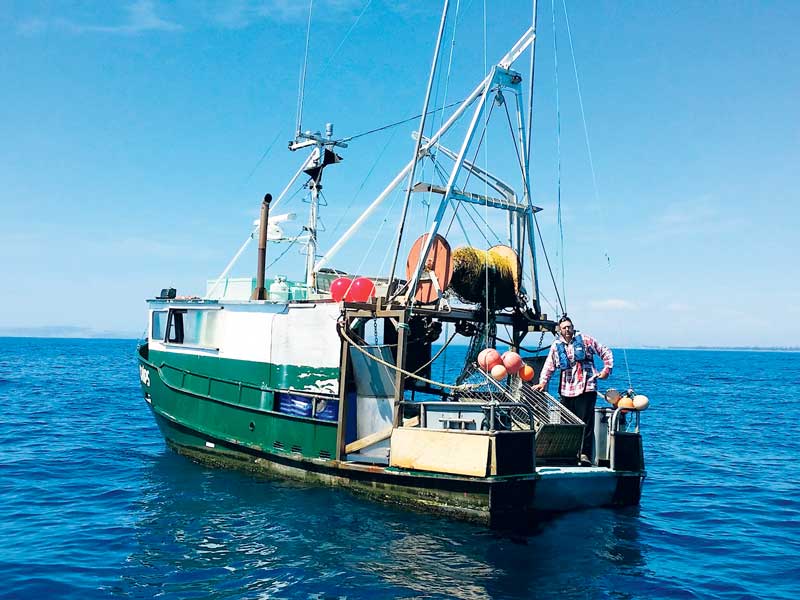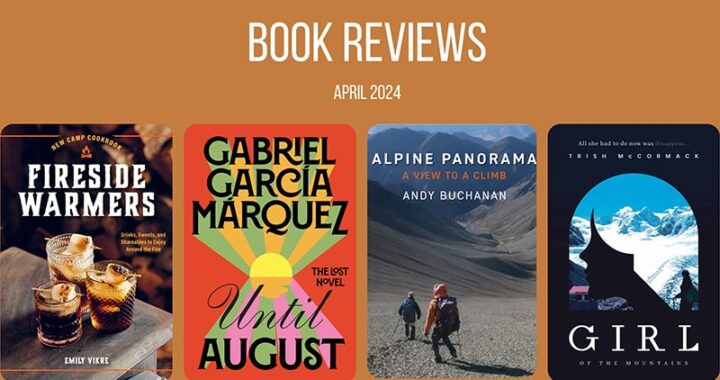Sustainable fishing = better fishing
5 min read
Better Fishing uses a cage when trawling to avoid catching small fish. Photo: supplied
Most people in the industry know Karl Warr, owner of Better Fishing, who became the first fisherman in the world to live stream his catch. I will not hesitate to say this: we need more people like Warr. He has done what the New Zealand government has not been able to so far: make day-to-day fishing operations more transparent by installing a camera onboard.

The more you read and the more you talk to people, it is becoming evident that the public is demanding more transparency in the commercial fishing industry. But then again, Warr is one fisherman and the government is dealing with an entire industry, yet the delay is – for lack of another word – frustrating.
Warr echoes the same thought.
“I just know, for me, the public wants them,” he says. “The longer and more delayed cameras get, the more irritated and frustrated the public gets. Well, if the public who speak to me about cameras is anything to go by.”
In Warr’s case, it was not about just being proactive, he says.
“Again, I am not any kind of smartarse but because I am nervous about getting booted out of my fishery, because the public is annoyed enough to call for this as a message to hurry the wider industry and government along.
I do not like the idea of being the first cab off the rank that gets thrown under the bus especially after having worked very hard to improve things. But if I do not make an effort to head that off, I would be pretty upset with myself if I did get moved on.”
Warr fishes close to the shore and believes it is important to earn a genuine social license to operate.
“A significant problem for us, however, is most folks just do not understand it, nor know how we fish and what that fishing actually looks like. If we leave things up to folks’ imaginations, it is likely we will get just lumped into whatever image of commercial fishing is about at hand at the time.”
And while that is okay if it is a positive image, on the flipside, Warr says they could lose access rights to these grounds.
“This is not so much of a threat to larger companies with bigger boats. They have the luxury to fish further afield, sacrificing closer grounds to ensure access to larger further afield grounds. This is not something they desire, of course, however, it remains an option, and as such, lowers the risk of various defence options to losing inshore grounds.”
In short, Warr says he needs his community to endorse him or he runs the risk of losing all that he has worked hard for.
“Live-stream camera allows my community to see and assess for themselves our operations. This allows us to gain feedback and more closely track what our public wishes our operational plans to be shaped like. It is good for our security, good for our public’s ability to guide the social change they feel is current, and appropriate.
It also informs, and an informed public, I believe, is one you can trust to make sensible decisions.”
Warr’s move to install a camera provides a transparent view of commercial fishing, and I don’t think I would be wrong in saying that it is the way forward. Consumers should be able to make informed decisions about the fish they put on their plates, and technology will only help us lead closer to sustainable fishing.
Live streaming is not the first step Warr has taken towards sustainable fishing. It started with a novel approach to trawling, which incidentally, led to the name ‘Better Fishing’ – a company that he runs alongside his wife Sarah, who looks after the marketing side of the business.

“We felt we needed to give the public a name for our new approach to trawling using a cage. The idea is simply that improvements should never be a finite thing; we can always aim to be better.”
Jump onto betterfish.co and you will notice the cage we are talking about. It is the one you see when you look at the camera live stream. The cage is designed to help small fish escape without getting hurt. When brought up from deep water, fish undergo a rapid change in pressure, which causes the gasses in their body to expand, resulting in a range of injuries that will most likely be fatal. There is a term for this: barometric trauma.
Ideally, they need to escape down at the same depth they have entered the net, Warr says, and that is the beauty of the cage he uses.
“I have parts of that cage that are solid; it makes the water running through the net stop and swirl. This also allows the fish to stop and swirl around looking for a way out if they are small enough.”

This method adopted by Warr releases about 95% of his small gurnard – pretty much one little one for every nice big fat one.
“But it is still dumb in the sense that a big fish that you don’t want to catch gets caught,” Warr says.
“So a whole bunch of good folks here in New Zealand and overseas are helping build a system that uses facial recognition software and a mechanical gate, so we can identify and draft out only the fish we need, releasing all the others unharmed. I really do want to see more fish around when I stop fishing than when I started.”
Warr’s innovations are just two pieces in this big sustainability puzzle, but this is in no way to say what he has done is inconsequential. Many in the industry may not be ready or comfortable with a live-stream video yet, but here’s hoping his story will be a stimulus for others not only in New Zealand but beyond our borders as well. I am not the first to say this and will definitely not be the last, but we need the government and the industry to collaborate to ensure healthier management of fisheries in New Zealand.



